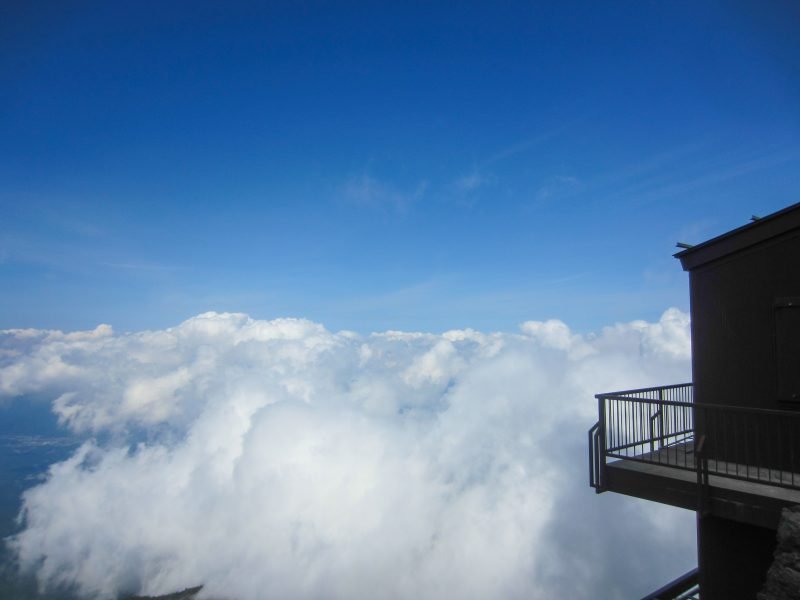Japan is such a wonderful country! “The land of the rising sun”, of cool toilets (yes, you might have heard about those!), of awesome food and of an evident culture of respect.
With a good balance between modern technologies and traditions, Japan is mostly known for its delicious food, its advanced technology and efficiency, and the contrast between traditional buildings and futuristic architectural projects.
11 Top Tips for Traveling to Japan
How Long Should You Spend in Japan?

An ideal time to spend in Japan would be at least 2 weeks, during which you could visit the main cities of Tokyo, Kyoto, and Osaka. If you have limited time, such as 5 days, you might want to restrict yourself to seeing just one of these cities.
A month would mean that you have more time to spend in each destination, and also the chance to discover places out of the city, such as Tsumago and Mount Fuji. You might also like to explore the island destinations of Ōkunoshima (rabbit island!) and Hokkaido (great for skiing in the winter!).
When to Go to Japan
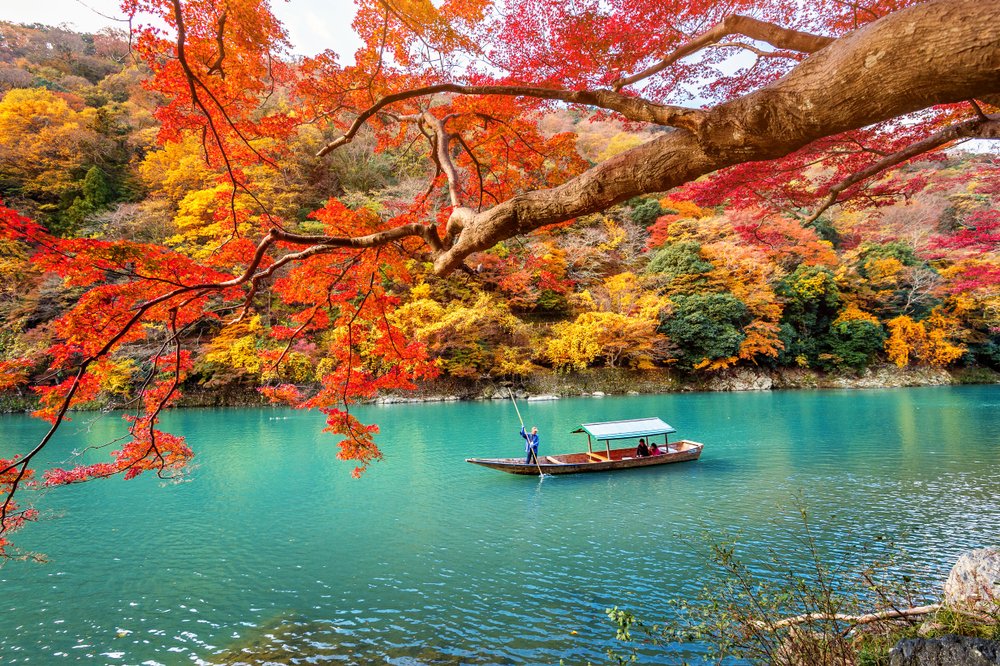
The good thing is that Japan is beautiful in every season, and you’ll get different experiences depending on when you decide to go.
During the spring, you’ll be able to see the wonderful cherry blossoms in bloom and participate in many festivals around the country. Keep in mind that this season, even if you get the best temperatures, prices get quite inflated.
During the summer it is quite hot and humid, but you could see fireworks shows and you might considering climb Mount Fuji (in July). In autumn you’ll have less crowds and lots of colorful leaves on the streets. In winter you might want to ski or to see the cute little towns getting covered with snow.
Language

Although many people in Tokyo and main tourist areas may speak English, Japanese is the main language and is widely spoken. Learning a few polite phrases will help to get you far and you will be welcomed by the locals!
Tradition and Culture

Remember that when you travel to Japan you are arriving in a country where traditions and culture might be very different from what you are used to. But you should always mind them to show respect. For example, try to bow back when someone bows to you.
You might not want to delve so deep into Japanese culture that you know all of the different types of bows, but just try your best. Locals will understand it and really appreciate it.
I suggest you pick up a Japan travel guidebook before you go and flip through it, as you’ll learn a few of the cultural missteps to avoid.
Additionally, it is important to remember that in Japan, tipping is not common, and it might actually be considered offensive.
Budgeting Tips for Traveling to Japan
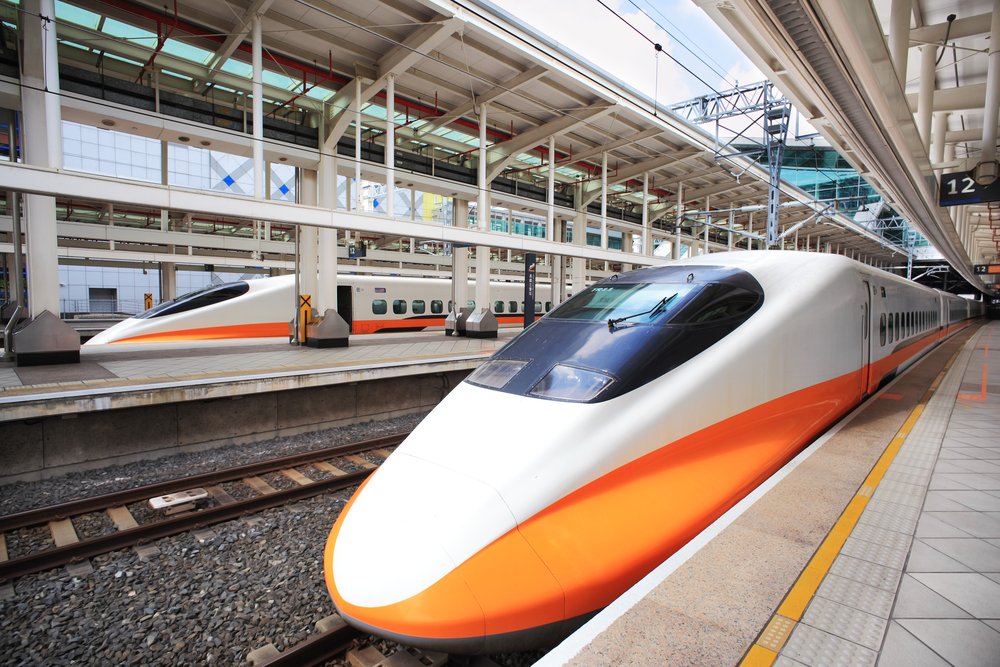
As you might already know, Japan is not the cheapest country to travel to. Yes, it might have perfectly functioning and comfortable transportation, but it comes at a cost.
If you want to save some money, you should take the 7 day JR pass (Japan Rail Pass), which allows you to access any JR line in the country. Prices start from around $275 USD (as of July 2019). This comes handy and worth it especially if you’re planning to visit Japan and visit more than one city and get to know the country a bit more.
On the other hand, if you only want to stay in Tokyo you might consider purchasing single tickets: it will probably be more convenient. But if you want them, you need to order them online at JRailPass.com, don’t forget!
Cash vs. Card in Japan

To continue with the money talk, keep in mind that Japan is still mainly a cash country.
While major credit cards will work in hotel chains, some restaurants or shops in bigger cities, if you’re willing to see more of Japan, it is recommended to take some cash. 7- Bank is the one that usually offers the best exchange rates.
(Editor’s note: I often struggled to find an ATM that accepted my American card, but usually I could find one that dispensed cash at a 7/11, which are everywhere in Japan!)
Food in Japan
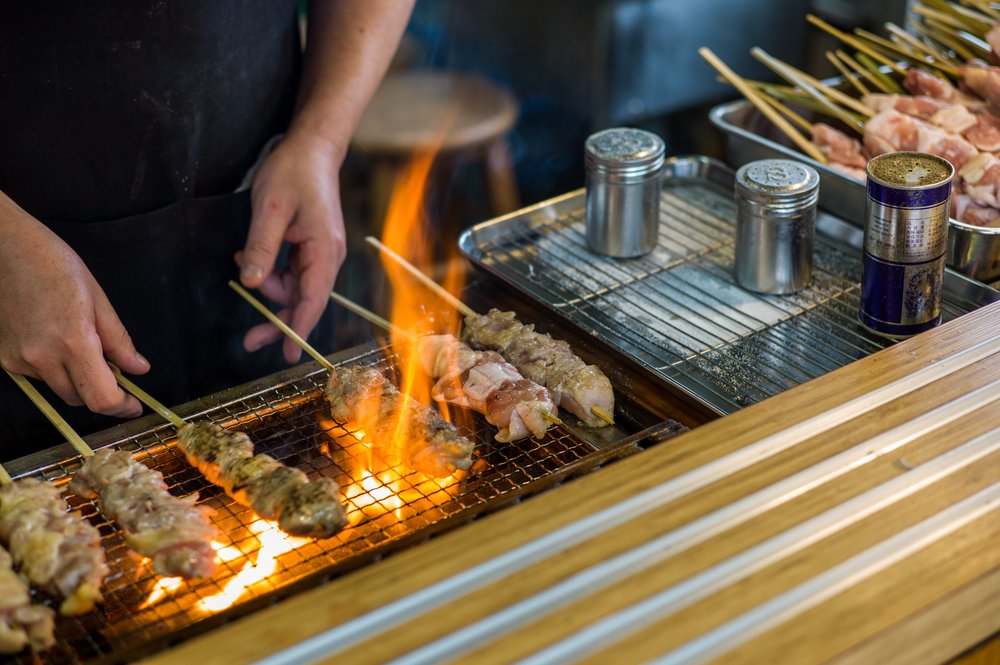
We talked about Japan being expensive but it doesn’t necessarily have to be that way.
For example, there are a lot of pretty cheap ramen, yakitori, and ikazaya spots. Izakayas are a place to drink and eat: a mixture of a pub and a cheap restaurant, where you can have a nice and social night! 1000 Yen meals are possible to find if you search – this is around $8.50 USD.
Convenience Stores

Additionally, Japan and Asia in general offer real convenience at convenience stores.
They are open 24/7, and you can buy pretty much everything, even though in Japan the most interesting would be the food section!
(Editor’s Note: 7/11 and Family Mart are the most common; a few things you have to try are onigiri rice snacks, bento boxed meals, and matcha green tea KitKat bars!)
Accommodations
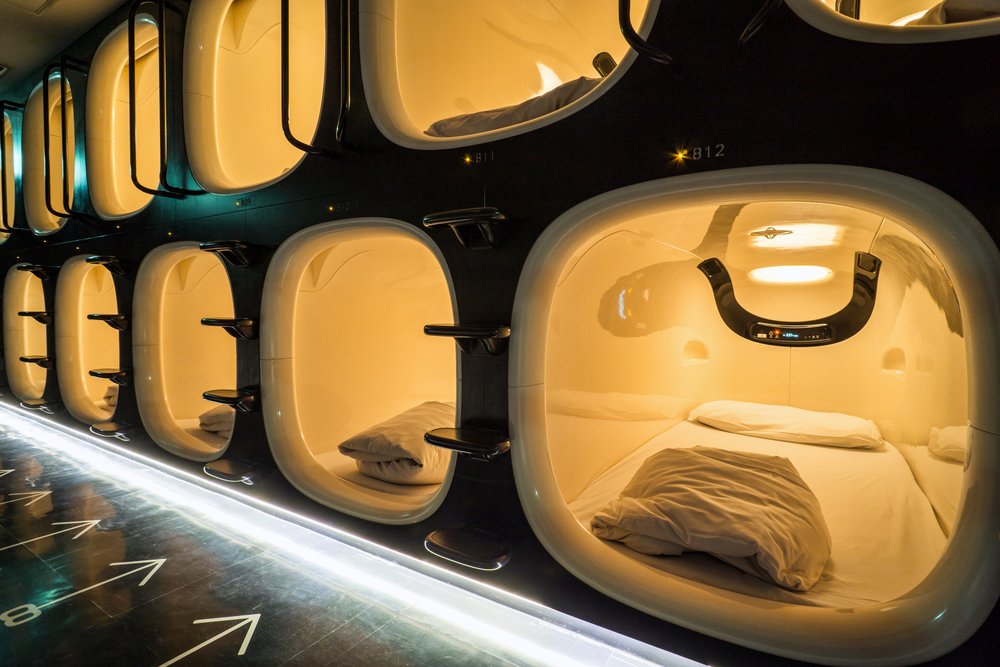
Accommodation is usually the most expensive part of traveling to Japan. Some actually go for the claustrophobic capsule hotels, which might turn out to be an experience on its own!
For budget travelers, the price of dorm beds often starts around $24 USD, which is more than double the price of beds in South East Asia.
You might have better luck picking an Airbnb in Tokyo or other Japanese cities as opposed to traditional hotels, which tend to be more expensive.
It’s completely normal to pay over $120 USD per night in Japan. The Ritz Carlton comes in at a whopping $850 USD per night on average!
Best Places to Visit in Japan
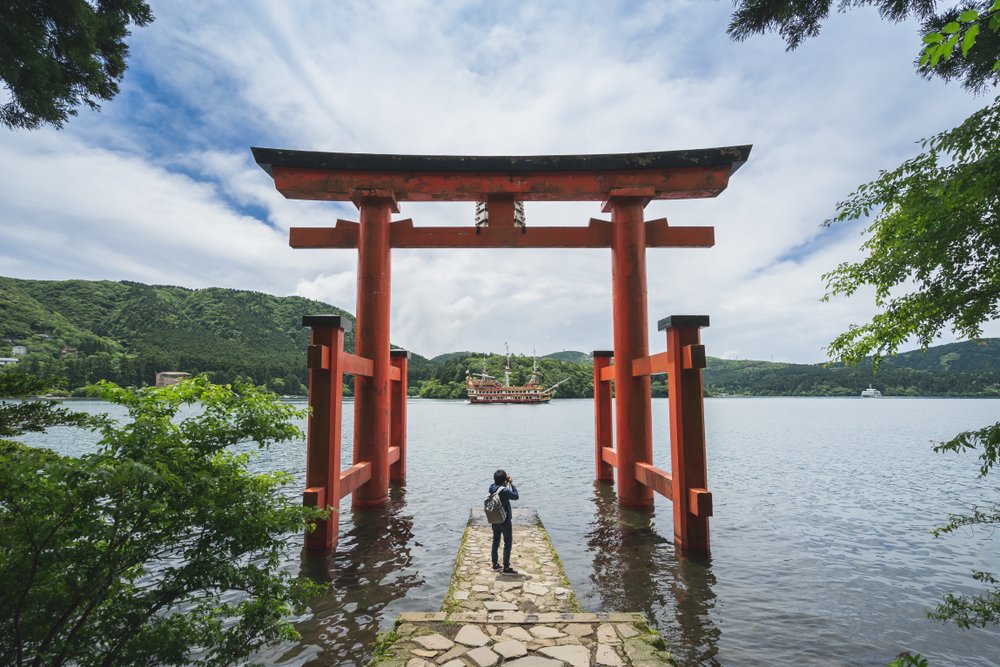
When traveling in Japan, the best cities to visit, which will give you a good view of the country overall are Tokyo, Kyoto, Osaka, and Hakone.
Tokyo is a very interesting city, which offers some different (crazy) experiences, diverse neighborhoods and where you could try out some amazing food.
There are also lots of fun things to do in Tokyo with kids, from themed restaurants to the teamLab exhibit with lots of cool optical illusions, so this is a good place to base yourself as a family.
Kyoto is filled with culture and temples, a destination where you will see more of the traditional side to Japan. Some of the best temples in Kyoto include Kiyomizu-Dera, Tenryuji, and the Fushimi Inari Shrine.
In Hakone, you can relax in an onsen (hot tub) with the scenery of the Mount Fuji! Hakone is located in the Fuji-Hakone-Izu National Park west of Tokyo.
It’s a mountainous town and also famous for the Hakone Shrine – the Shinto temple with a ‘Torii gate’ looking over Lake Ashi.
Nature in Japan
If you want to experience the beautiful nature Japan has to offer to its visitors, you might want to go out of the cities. Waterfalls, lakes, mountains… if you are a nature lover, you’ll find loads to do.
Hiking trails, monkeys, and bears: Japan is not only about the skyscrapers and the crazy technology!
Now that you know just a little bit more about Japan and have read some of the top tips for traveling to Japan, go ahead and book your trip. It is a fascinating and charming country which you won’t get disappointed by!

Author Bio: Amy spends her time predominantly exploring Europe, North Africa, and Southeast Asia. She has an MA in South Asian studies from The University of Manchester and is now based in Liverpool, UK with her husband and Patterdale terrier, Blake. Her interest in world religion means that she is frequently temple-seeking! Always on the hunt for cathedrals, temples, mosques and historical sites, she loves to portray this in her work. For more blogs from Amy, see her travel sites: Temple Seeker, Game of Thrones Travel, and Globo Trav.
Allison Green is a former teacher who has been travel blogging since 2016. She has a Masters in Teaching and a B.A. in English and Creative Writing. Her blog posts merge her background as an educator with her experience traveling to 70+ countries to encourage ethical, meaningful travel. She has been a speaker at the World Travel Writers Conference and her writing, photography, and podcasting work has appeared in National Geographic, CNN Arabic, CBC Canada, and Forbes, amongst others. Now a full-time traveler, she has lived in Prague, Sofia, New York City, and the San Francisco Bay Area.
